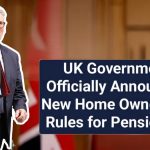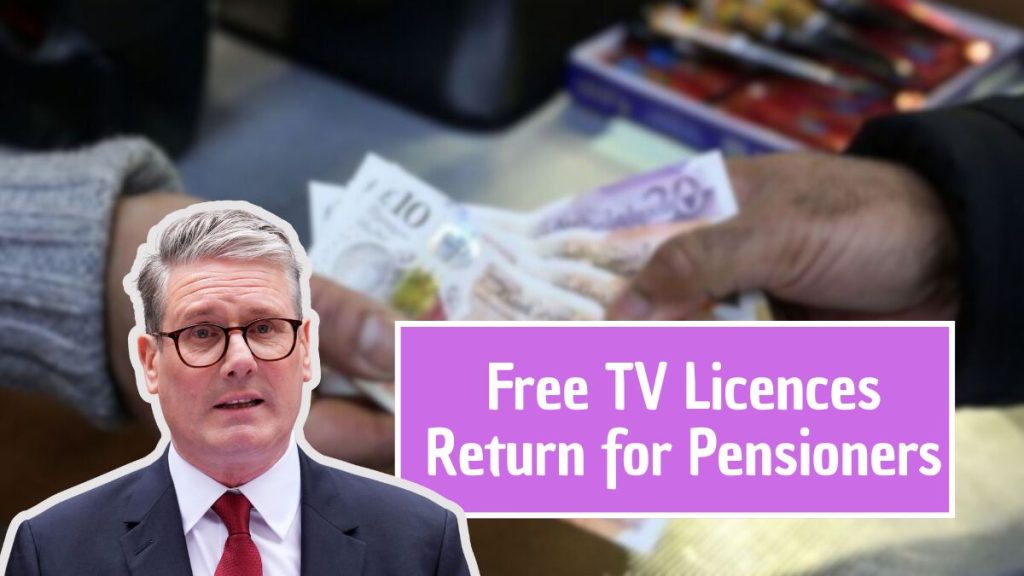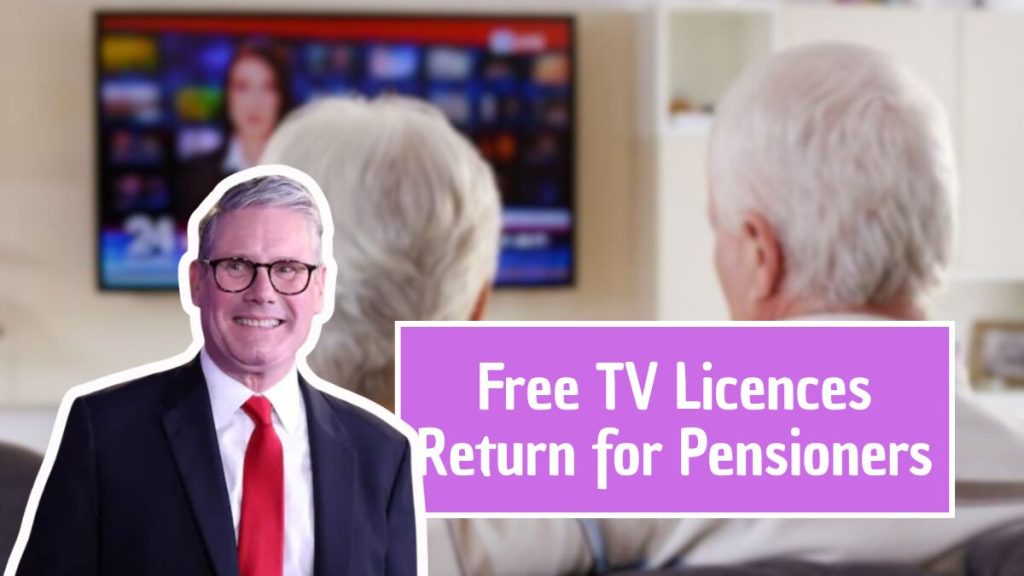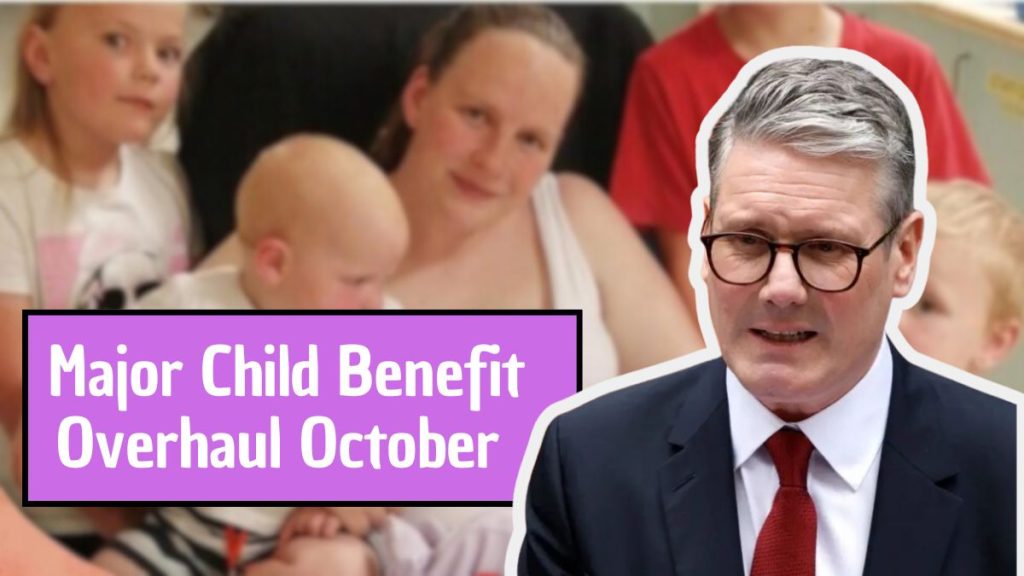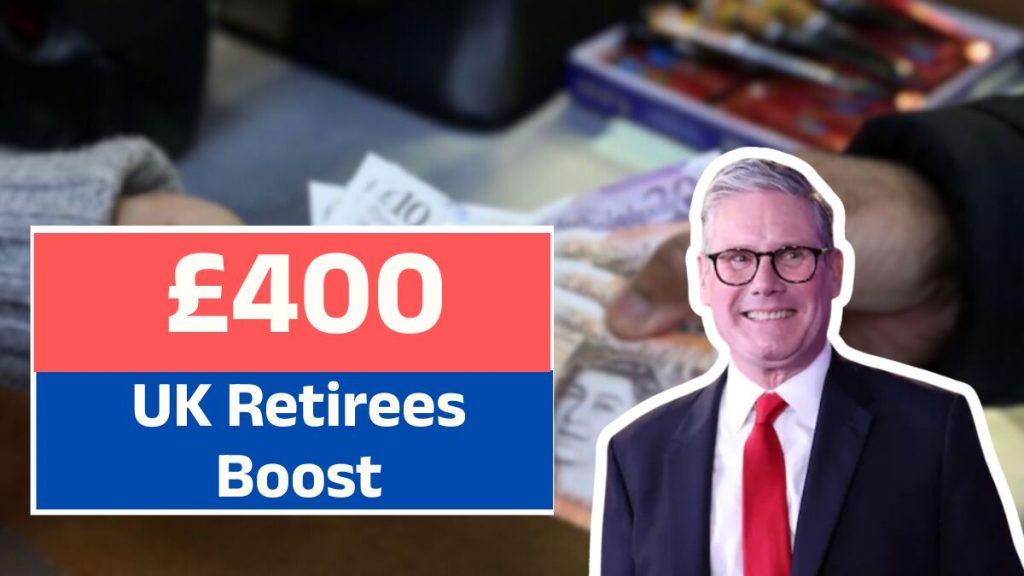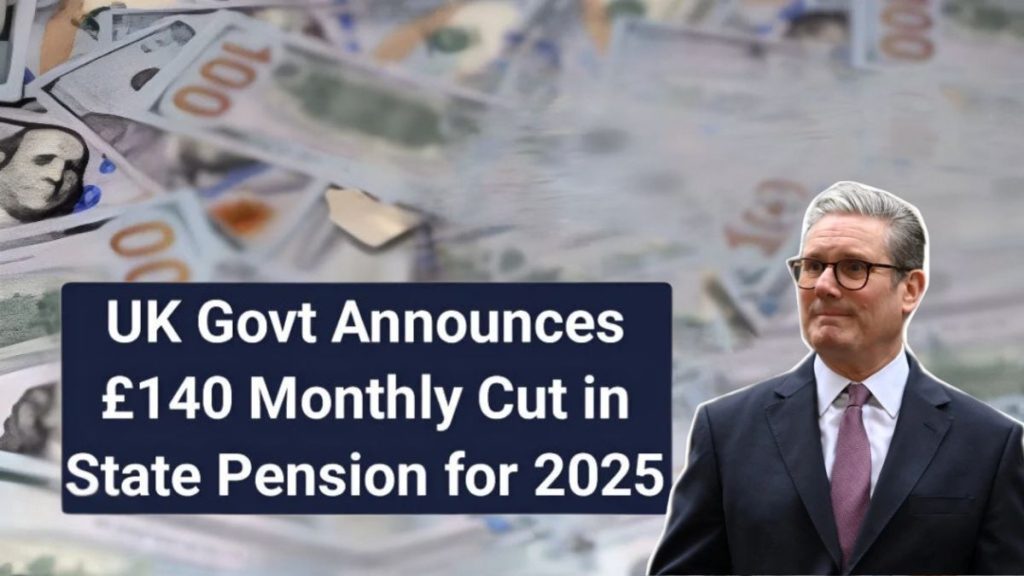The UK Government and the Department for Work and Pensions (DWP) have officially confirmed that a £500 Cost of Living Payment will be issued in October 2025. The payment is part of the government’s ongoing cost-of-living support to help low-income households, pensioners, and benefit claimants manage the continued rise in essential expenses.
Even though inflation has begun to cool, food, rent, transport, and energy prices remain significantly higher than pre-pandemic levels. This latest round of support aims to cushion families against financial pressures ahead of the winter season.
What Is the £500 DWP Cost of Living Payment?
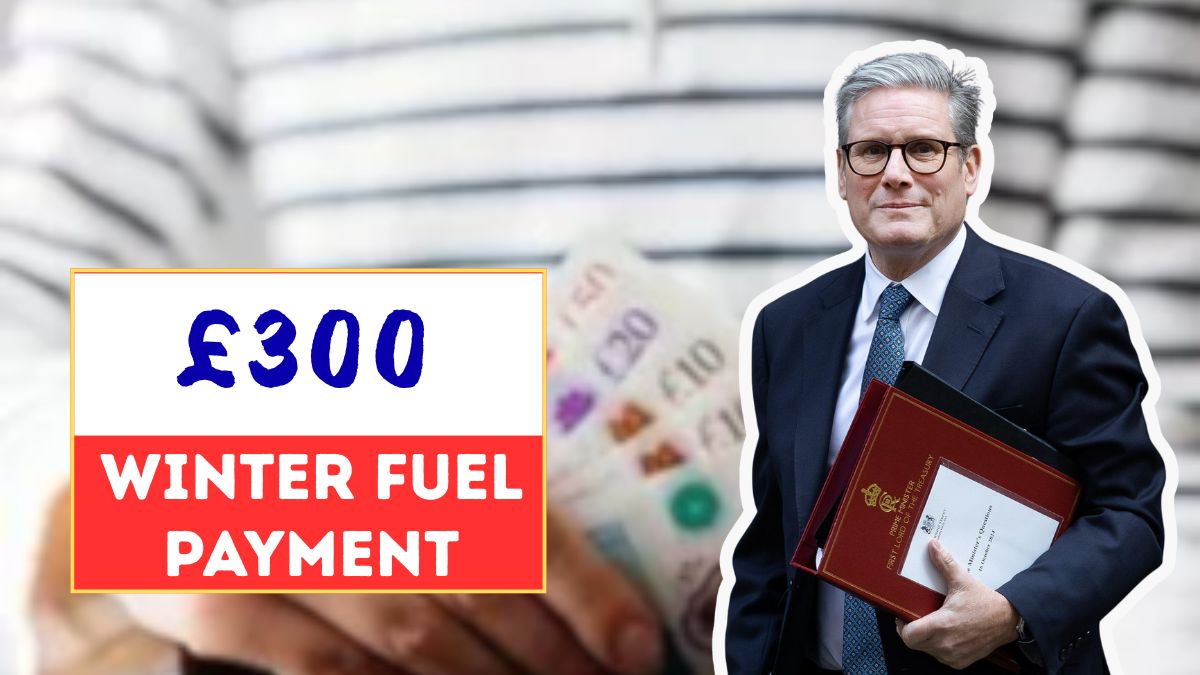
The £500 DWP Cost of Living Payment is a one-off, tax-free lump sum designed to help eligible households meet day-to-day expenses during a period of persistent inflation.
Unlike ongoing benefit uplifts, this is a standalone support measure that does not affect regular entitlements such as Universal Credit or Pension Credit. The payment will be deposited directly into the recipient’s existing benefit account, eliminating the need for any new application.
This initiative follows several previous cost-of-living packages introduced since 2022 and reflects the government’s continued commitment to protect the most vulnerable from rising living costs.
Who Qualifies for the £500 DWP Payment?
Eligibility for the payment is means-tested and based on whether a person or household receives one of several qualifying benefits.
Those who receive any of the following as of the qualifying date—expected to fall in September 2025—will automatically qualify:
- Universal Credit
- Pension Credit
- Income-related Jobseeker’s Allowance (JSA)
- Income-related Employment and Support Allowance (ESA)
- Income Support
- Working Tax Credit
- Child Tax Credit
- Disability-related benefits such as Personal Independence Payment (PIP), Disability Living Allowance (DLA), or Attendance Allowance (in specific cases)
- Carer’s Allowance, under certain eligibility rules
Pensioners claiming Pension Credit are automatically eligible. Those who apply for Pension Credit retrospectively (backdated claims covering the qualifying period) may still qualify—so pensioners are encouraged to apply before the deadline to avoid missing out.
Automatic Payments – No Need to Apply
The DWP has confirmed that no separate application is required for this payment. All eligible individuals will receive it automatically.
Payments will be made directly to the bank accounts already used for benefits or pensions. Recipients should look for references such as “DWP COL” or “HMRC COL” on their bank statements, depending on which department administers their benefits.
This automatic payment system is intended to reduce delays and prevent fraud attempts by eliminating any need for claimants to provide personal or banking information to third parties.
Payment Dates and Schedule
The DWP has released an estimated schedule for the rollout of payments, starting in October 2025 and continuing through November for some categories.
| Benefit Type | Payment Issuer | Estimated Payment Window |
|---|---|---|
| Universal Credit | DWP | 7 – 20 October 2025 |
| Pension Credit | DWP | Mid-October 2025 |
| Tax Credits | HMRC | Late October 2025 |
| ESA / JSA / Income Support | DWP | Early to Mid-October 2025 |
| Disability Benefits (PIP/DLA) | DWP | October – November 2025 |
The payment rollout will occur in phases to manage distribution efficiently and avoid system overloads.
Payment Method and Security
All payments will be made via bank transfer, using the same account details associated with the recipient’s current benefit. In rare circumstances, payments may be made through Post Office card accounts or cheques for those without a bank account.
Recipients are strongly advised to beware of scams, as the DWP will never contact individuals asking for personal or banking details. Official communications will always come through government channels or official letters.
Why the £500 Payment Matters
The £500 payment provides critical financial assistance to millions of people still struggling to manage higher costs. Although inflation has slowed, prices remain about 25% higher for essentials compared to 2021.
This one-off payment is expected to:
- Help families afford heating and food during winter months.
- Support pensioners and disabled individuals with fixed incomes.
- Reduce dependency on credit or loans.
- Offer direct, fast relief without bureaucratic delays.
For households already stretched by housing costs and bills, the £500 injection could make a significant difference in meeting basic needs before Christmas.
Encouraging Pensioners to Apply for Pension Credit
The DWP continues to urge pensioners who are not yet claiming Pension Credit to apply as soon as possible.
Pension Credit not only boosts income for low-income retirees but also serves as a gateway benefit for additional support—such as:
- Free TV Licence for those over 75.
- Cold Weather Payments.
- Warm Home Discount.
- Eligibility for cost-of-living payments like the upcoming £500.
By backdating Pension Credit claims to the qualifying date, older citizens can still secure their payment eligibility even if they apply later in the year.
Connection with Other Support Schemes
The £500 Cost of Living Payment will work alongside several other government support measures:
- Winter Fuel Payment 2025: Provides between £200 and £600 to pensioners to help with heating costs.
- Warm Home Discount: Offers eligible households a £150 credit toward energy bills.
- Household Support Fund: Local councils provide emergency grants for food, heating, and essential items.
- Disability Cost of Living Payment: Separate support for those receiving disability-related benefits.
Together, these programmes form a comprehensive support framework to protect vulnerable citizens against rising costs through the winter.
How the Payment Will Appear in Bank Accounts
When the £500 payment is deposited, recipients will see one of the following identifiers on their statement:
- “DWP COL” – For payments from the Department for Work and Pensions.
- “HMRC COL” – For payments linked to Tax Credits.
This ensures transparency and prevents confusion with regular benefit deposits.
The Broader Economic Context
While inflation is expected to stabilize around 3% by late 2025, the long-term effects of years of price surges remain visible. Rent, mortgage rates, and grocery costs have all outpaced wage growth, leaving millions financially stretched.
The government’s decision to issue this payment in autumn 2025 aligns with its broader cost-of-living strategy to protect low-income households and stimulate consumer stability before winter.
According to Treasury estimates, the total cost of this £500 support measure will be approximately £2.8 billion, covering more than 6 million households across the UK.
Steps Recipients Should Take Now
To ensure you receive your payment without delay, the DWP recommends:
- Check your benefit status – Ensure your claim is active and up to date.
- Verify your banking details – Confirm that your information with DWP or HMRC is current.
- Ignore scam messages – The DWP never contacts claimants via text or unsolicited calls.
- Check your bank account regularly – Payments will arrive automatically between September and November 2025.
- Keep your documents – Maintain records of your benefits in case verification is required.
Wider Reactions and Economic Impact
Charities such as Citizens Advice and Age UK have welcomed the payment, saying it will provide “timely and targeted help” for those most affected by the cost-of-living crisis.
Economists, however, caution that one-off payments cannot fully offset the long-term effects of high inflation. While such interventions offer short-term stability, sustained improvement will require structural measures—such as energy cost regulation and affordable housing policies.
Still, for millions of pensioners, carers, and families on low incomes, the upcoming £500 payment represents a much-needed lifeline before winter begins.
FAQs on £500 DWP Cost of Living Payment 2025
1. When will the £500 payment be made?
Payments will begin in October 2025, rolling out in phases until November 2025, depending on the benefit type.
2. Who qualifies for the payment?
Anyone receiving means-tested benefits such as Universal Credit, Pension Credit, ESA, or Tax Credits during the qualifying period will automatically qualify.
3. Do I need to apply for the £500 Cost of Living Payment?
No. The payment is automatic for eligible households. You do not need to submit any forms or applications.
4. How will I receive the payment?
The payment will be made directly to your bank account used for your regular benefit or pension payments.
5. Will it affect other benefits or tax credits?
No. The £500 Cost of Living Payment is tax-free and does not count as income for benefit calculations.






